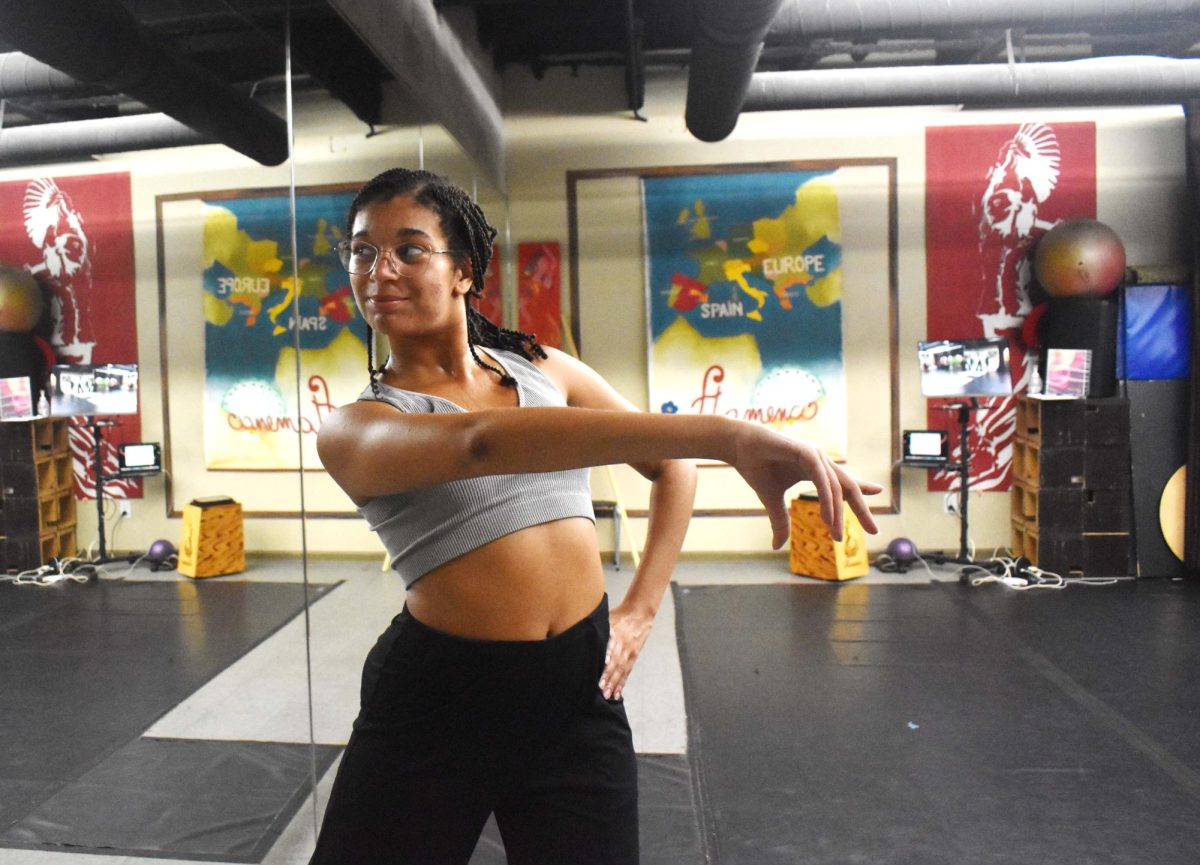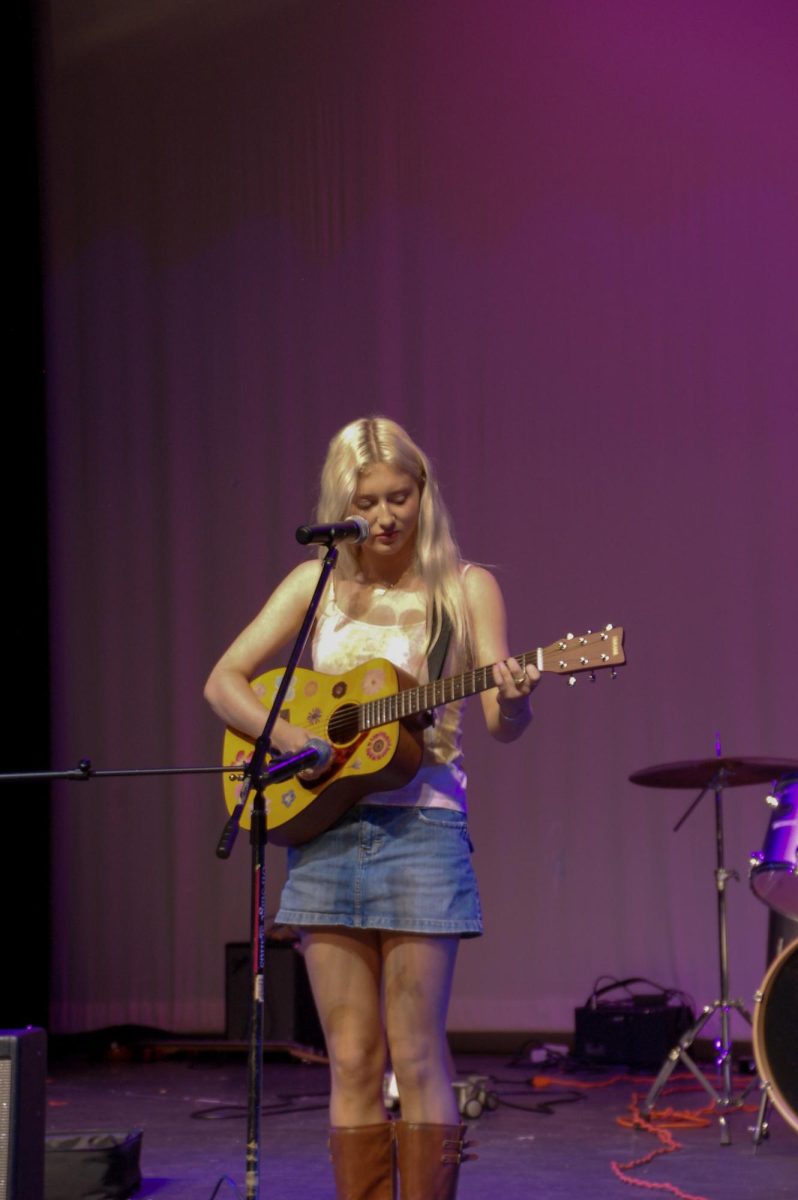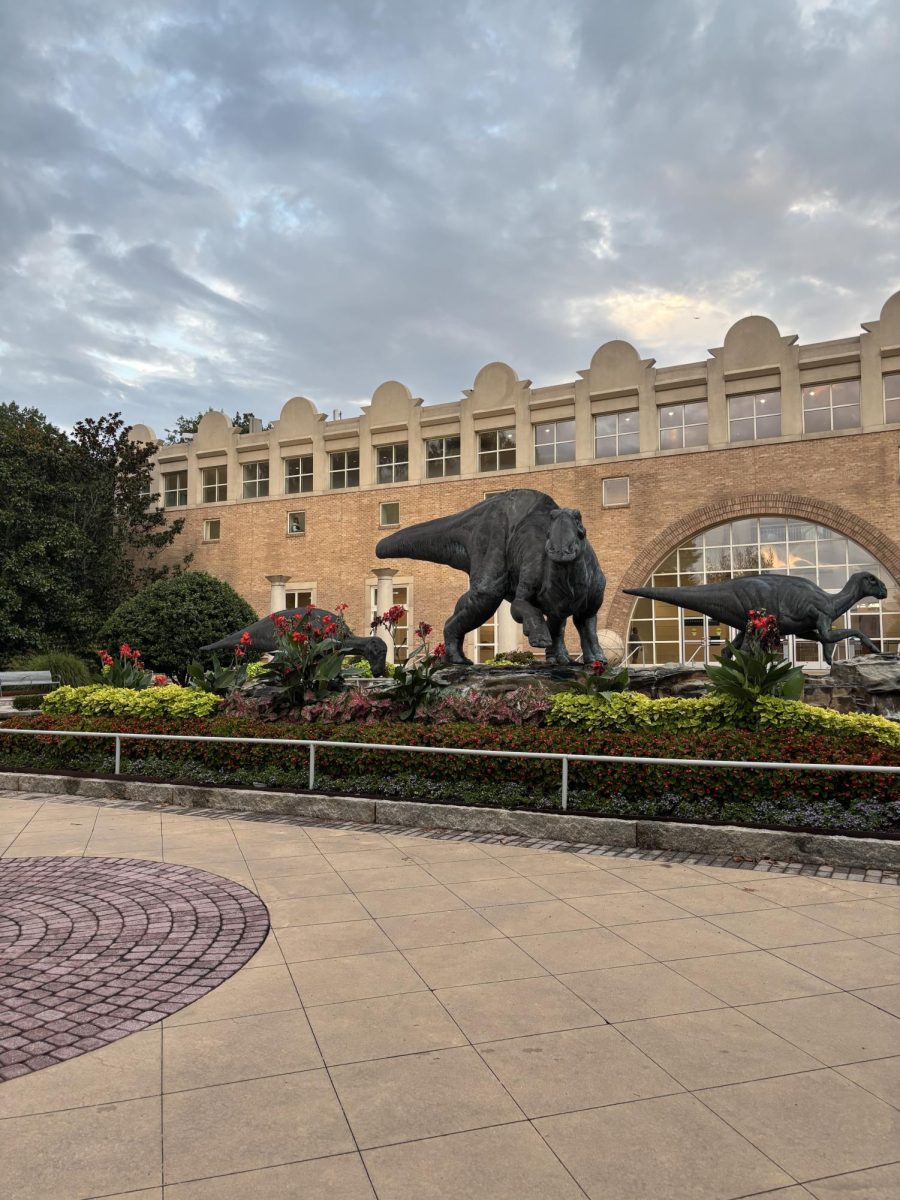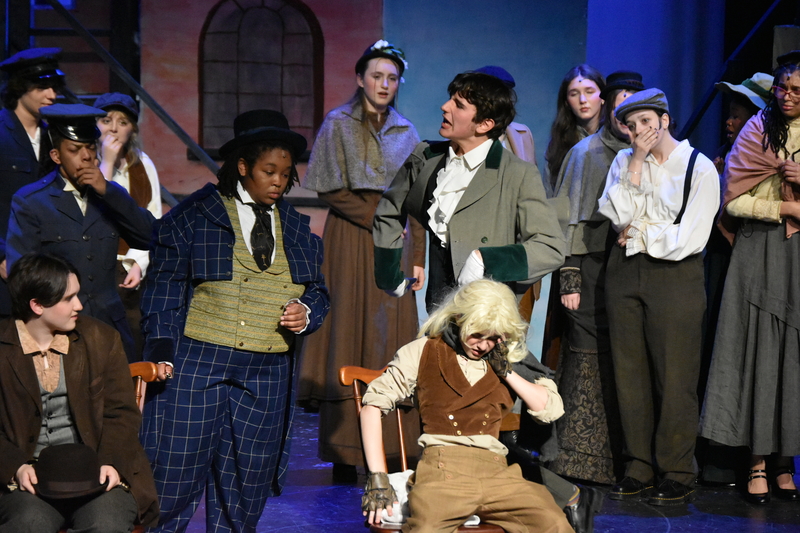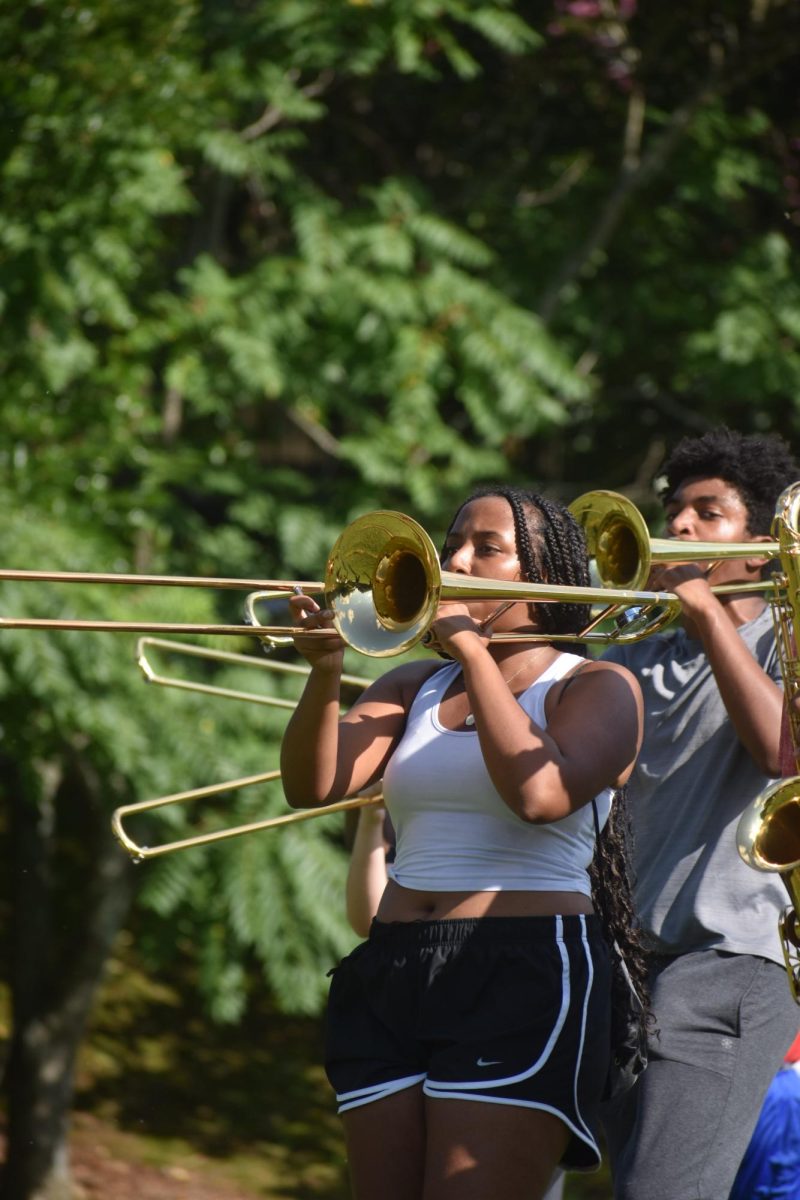By Ellen Winer
Grady’s National Art Honors Society (NAHS) was recently commissioned by the art department of the upcoming movie Simon vs. the Homosapien Agenda to paint portraits of influential Muslim women for the movie set, which was filmed at Grady over Spring Break.
The idea of painting portraits of lesser-known influential people came about when the NAHS was commissioned by Michael Powell, the art director of Trader Joe’s grocery store, to paint portraits of black science fiction writers for Black History Month. Those portraits were displayed inside of the Trader Joe’s in Midtown for the entire month of February.
“The movie crew [of Simon vs. the Homosapien Agenda] was coming through [town to look at] different filming locations, and they saw [and were impressed by] our Black Science Fiction writer portraits,” said NAHS Secretary Magda Dumitrescu. “They commissioned [us] to do several portraits of influential and contemporary Muslim women.”
As well as being included in the set of the movie, the portraits serve to pay homage to influential Muslim women who have made certain strides in society that are deserving of recognition. Instead of painting Muslim women who are already important parts of Western culture, the movie crew wanted to bring lesser known but equally important women into the spotlight.
“We wanted to paint Muslim women who are impactful and wonderful, but they’re people that none of us really knew about until now,” said Dumitrescu. “They aren’t portrayed in the media as much as they should be.”
Some of the women that Grady’s NAHS has been commissioned to paint include fighter pilot Miriam al-Mansouri, human rights activist Tawakkol Karman, and model Halima Aden.
“[All of these women] have some status in the Middle East and in America as writers, pilots, humanitarians, political activists, [and more],”said NAHS member and junior Lucy Ferguson. “We wanted to go beyond the obvious Malala [Yousafzai], who’s still awesome, but she’s the poster child of Muslim women in America and in the media.”
The movie crew only made one requirement: the portraits could not contain any blue paint.
“The one rule [that the movie crew gave us] is we can’t use blue [in the portraits],” said Grady art teacher and head of Grady’s NAHS John Brandhorst. “The way they designed the film is that the color blue only exists in the bedroom of one of the characters, so that’s an interesting challenge.”
Regardless of how or if the portraits serve the plot of the movie, they are representative media to be more progressive and inclusive of all cultures, genders and races. Grady’s National Art Honor Society has painted a total of nine portraits of Muslim women for the set of the movie

